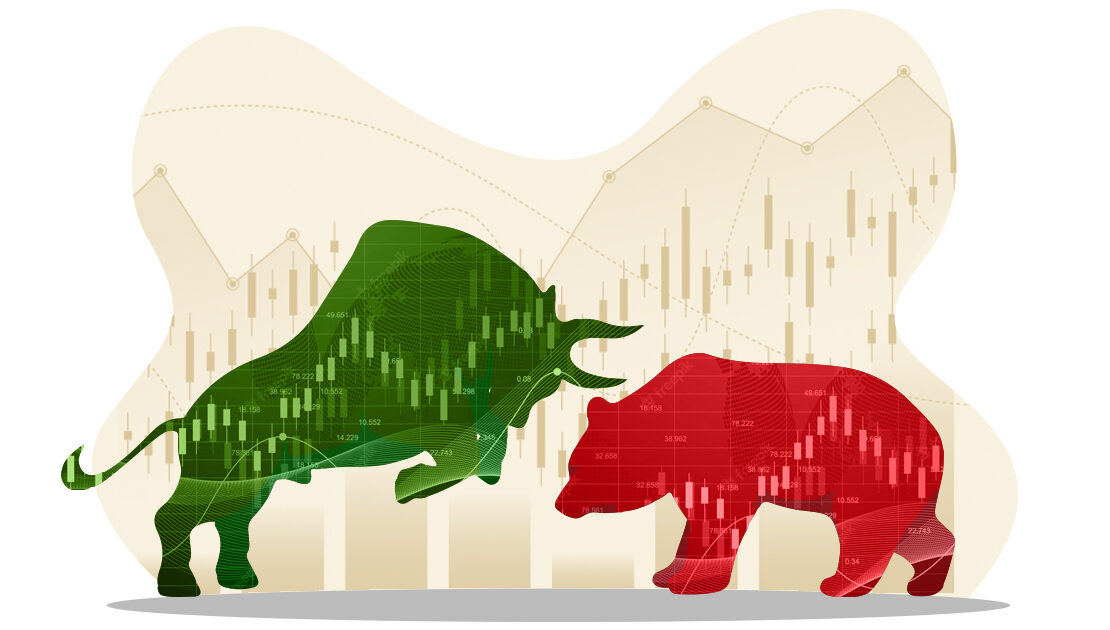Bulls vs Bears

Bulls vs Bears
You must have heard of the publicised term of being “a bull investor” and the party pooper of the markets called the “bear investors”. There is always a constant tussle between the two, funnily that’s what markets are made of, bulls and bears. Markets are nothing but a play area where different individuals are forming an opinion on securities. A person who “buys” securities is betting that the price of the security is going to rise from here and a person who “sells” securities is betting that the price of a security is going to fall from here, bull and bear investors are the above two persons respectively in a nut-shell. Every investor has to be a bull and a bear investor in the market to make healthy returns, however the term bull and bear investor shall be applied on situational and environment basis, it is not a blanket term.
When an investor is bullish, he is bullish of a thriving economy like India, he is not bullish of a failed economy like “Sri Lanka” (we have used Sri Lanka as an example because it is a more recent and relatable example), there is a big difference. If you would apply a blanket term/rule of being a bullish investor, he would’ve been bullish on the Sri Lankan economy too, but no, that’s not the case, he must be extremely bearish on that economy because of a lot of factors such as the political instability, poor GDP, poor per capita income, slow/no population growth, etc basically most of the macro factors suggest that Sri Lanka is a poor economy, hence the “so called bullish investor” is “bearish” towards Sri Lanka.
However, why is he so bullish on the Indian stock market? Is he a so-called “bhakt” of India that blindly believes that India is going to grow?
The answer to the above is a BIG NO. He believes in only one thing that is facts and facts in the stock market consists of numbers, so let us take you through certain key numbers of India which makes India such an “attractive opportunity” for the globe.
1) India’s average population’s age is 28
2) India’s population growth rate is 1% per year
3) India’s GDP CAGR has been 5.4% for the past 10 years
4) Per capita income of India has grown at a much higher rate
5) Political stability
6) Strongly positioned in geo-politics
To be honest, there are a lot of other reasons, but these are the top of the head ones and easily understandable.
So, what do the above reasons mean? It means that India is a stable political economy which is respected globally has an abundance of rising young working population whose per capita income has been on the rise which means, increasing income in the hands of the people leads increase in consumption, which in turn contributes to increase in GDP, etc, basically India is placed strongly.
Guess what, this is not an “India specific phenomena”, this has happened in US, Japan, China to name a few in the past, but now India has joined this league, that’s the story.
Warren Buffett had bet on the US economy at a time when all these above factors had been ticked off, why didn’t he invest in India back then, interestingly he is has invested in India after 2000s. So, I guess you have your conclusion regarding being bullish and bearish.
So being bullish backed with facts is the right way to look at things than perpetually being bullish. There’s a time to “buy” and a time to “sell”, now is the time to buy “India”.
Identify yourself as a long term investor than being identified as a bullish investor, a long term investor is a bull when he “buys” and is a bear when he “sells”.
